3D Renderings vs. Photography: Which Should You Use?
A key part of marketing in hospitality, multifamily or entertainment is all about visuals. Choosing the right kind of visuals is half the battle.
4 min read
 McKenna Hogan
:
Jun 8, 2020 8:30:00 AM
McKenna Hogan
:
Jun 8, 2020 8:30:00 AM
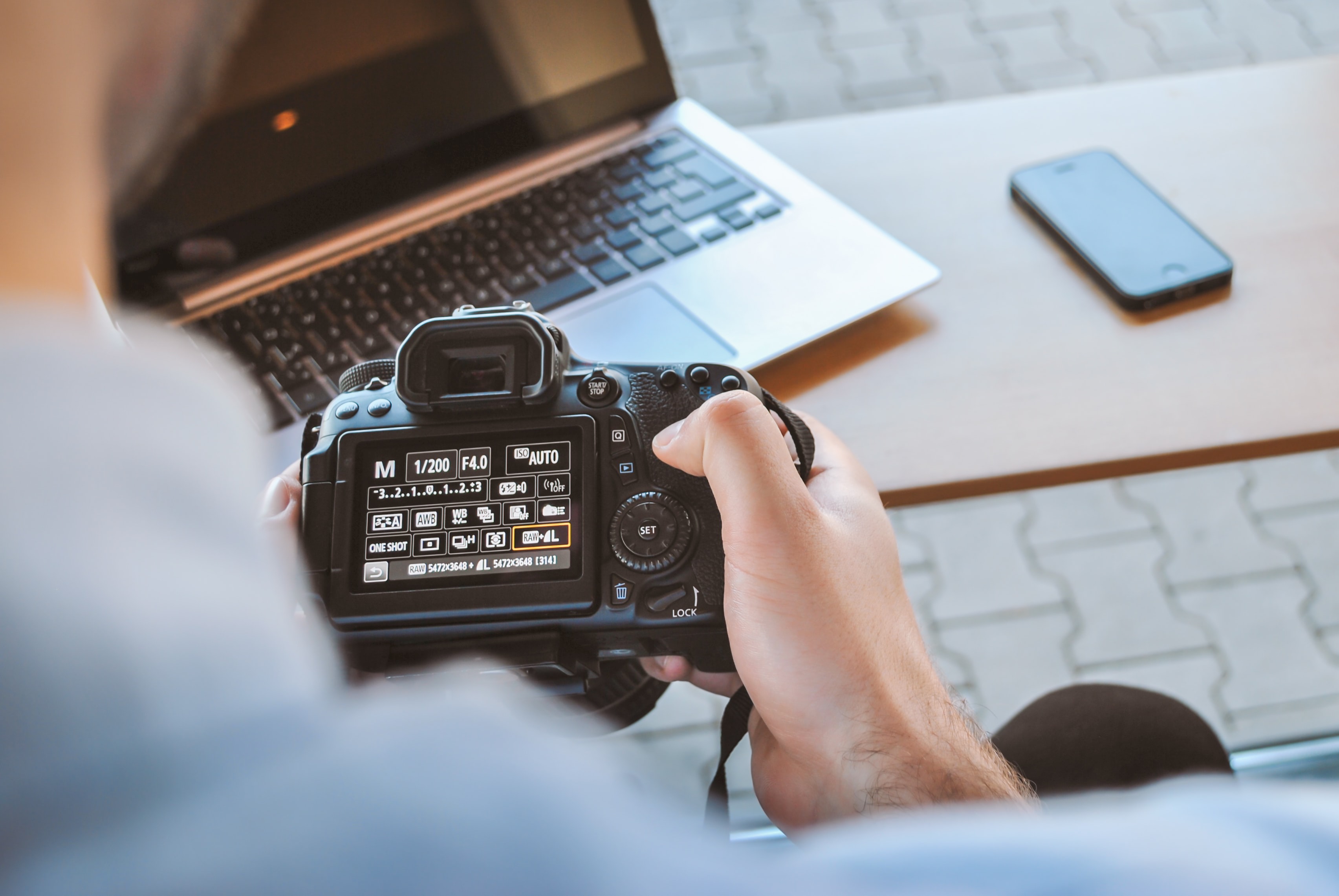
Getting the best photography for your property may not be as easy as it sounds.
Deciding between professional or self-shot is the first step, but figuring out what camera can sometimes be the most difficult.
Whether your team opts to hire a professional real estate photographer, invest in professional camera equipment, or simply capture areas of your property with a smartphone, your decision all depends on several criteria—we discuss the pros and cons of each to decide which is better suited for your property photography.
DSLRs, or digital single-lens reflex, are cameras that contain an interchangeable lens and a body. The special part about them is that they have a mirror feature that allows you to look through to focus on the frame of a final shot.
The lens of these cameras are actually what make them high-quality. With dozens of different ones to choose from, it's easy to get a variety of different quality images with just one camera.
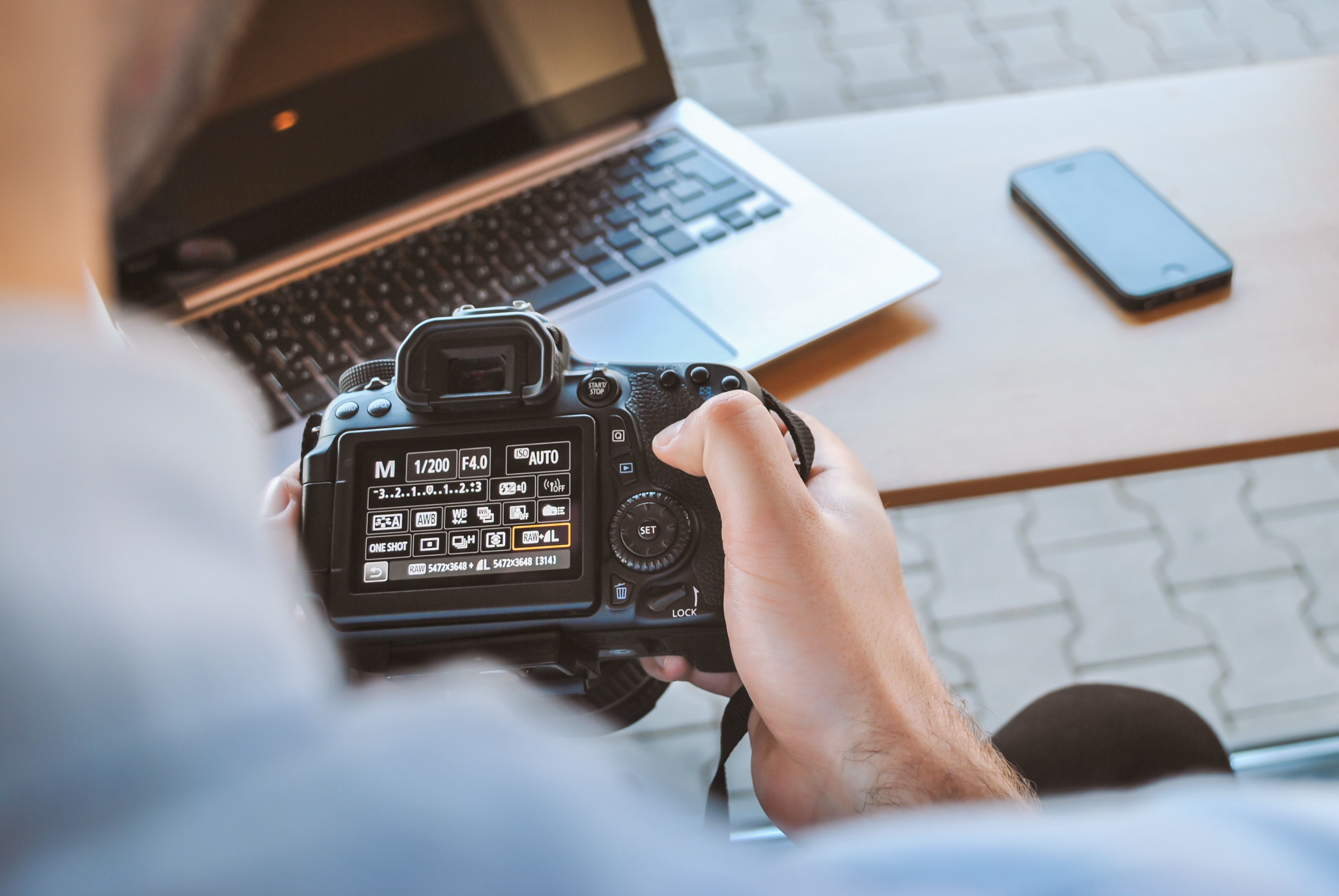
Professional real estate photographers will almost always use a type of DSLR camera (think: professional Nikon or Canon). While any individual can certainly teach themselves to take photos with a DSLR, use of these cameras is often left up to the professionals. After all, it takes many years of practice to fully grasp using one regularly.
Pros:
The best part about opting for a DSLR is the option to customize or fine tune your images.
Dozens of options between cameras, lenses, and settings allow property management teams to pick the ideal outcome they want with guaranteed high-quality photographs.
Cons:
For professional results, you need to pay a professional price. On average, DSLR cameras cost anywhere from a couple hundred to two thousand dollars.
Additionally, learning how to properly use these cameras can take time to achieve the images desired, so it’s not always convenient.
As we mentioned above, DSLRs are typically used by professional photographers. They are designed in a more complex manner that allows experts to play around with various lenses and settings that control light features such as exposure.
Almost every smartphone on the market currently has some type of advanced camera integrated. Today, some of the latest smartphones have high-grade lenses that take incredible photos.
Still, they have their limitations. Unlike DSLRs, smartphones don’t have the ability to change lenses for a more specified shot, nor do they have a mirror feature that allows individuals to focus on a focal point.
However, many smartphones do have various features that change the focus or dimensions of an image, so the ability to play with different settings is present but limited. In addition, there are smartphone camera accessories that can be leveraged to make images appear more professional.
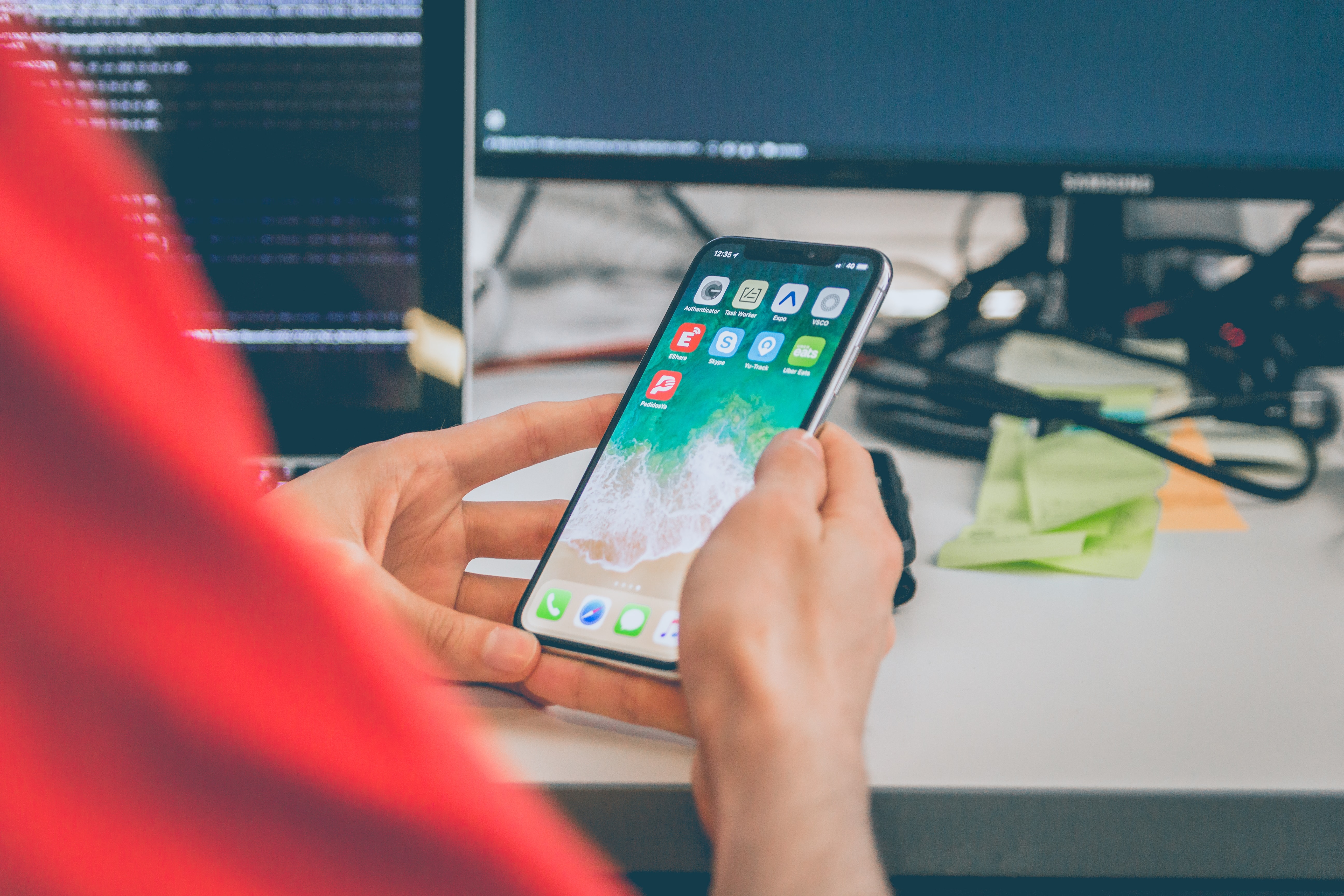
Pros:
The most obvious pro is the fact that you most likely already possess a smartphone—and know how to use it. Many individuals on your team probably also own a smartphone. The investment is minimal, but the product may not be as high-grade as a DSLR shot.
Regardless, the convenience of smartphones wins people over, especially when decent photos almost take themselves.
Cons:
Unless you have the iPhone 11, self-shot images on a smartphone may not deliver your ideal results.
Getting a “professional shot” will take a lot more effort than just pressing a button and hoping for the best. You’ll most likely have to spend a lot more time trying to get a quality shot, or more time post processing.
Knowing how each camera compares, now it’s time to break down the actual process.
Let’s start off with the DSLR photo shoot process:
For the average photographer, this is pretty standard. For a real estate professional with other duties, this may seem like a lot.
Of course with all of this work comes great results, but if you’re tight on time, it may be a bit overwhelming. If you’re capturing high-quality 360 images with a DSLR with the intent to build a virtual tour - that’s going to take you even more time, since each image will need to be stitched individually.
Smartphones work a little differently. Below are the steps necessary to conduct a property photo shoot.
As you can see, there is a vast difference between the entire photo shoot process of each camera.
If it still isn’t clear which camera is best suited for your property photography, keep reading for more insight.
The camera that’s best suited for your property will probably have a lot to do with your industry.
For industries such as multifamily and senior living, it’s essential that quality content is leveraged within portfolios and listings.
In order to engage prospects as well as stand out among competition, DSLRs will provide the kind of high-quality images needed. In addition, budgets most likely support the investment of a professional camera, or even a professional photography provider.
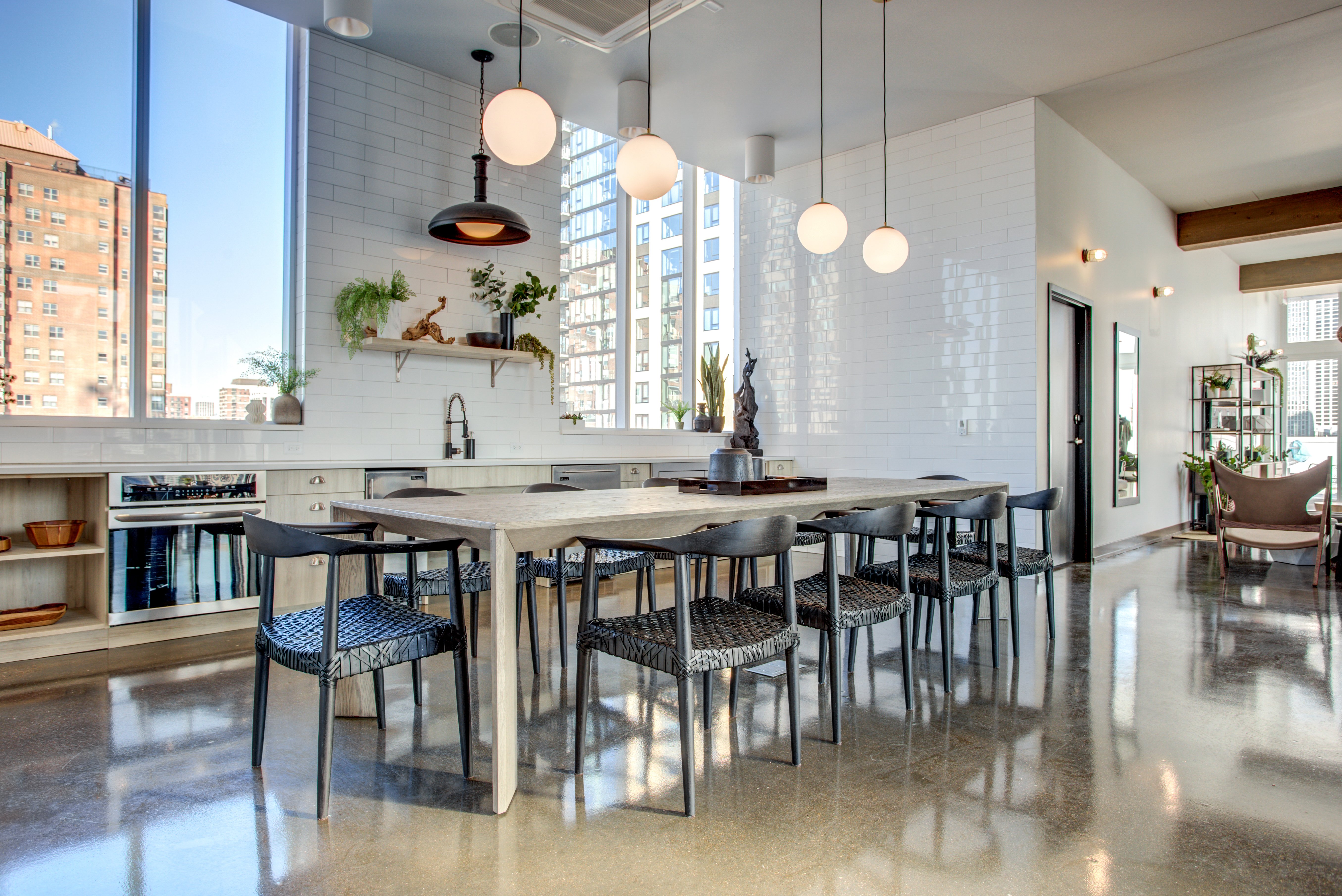
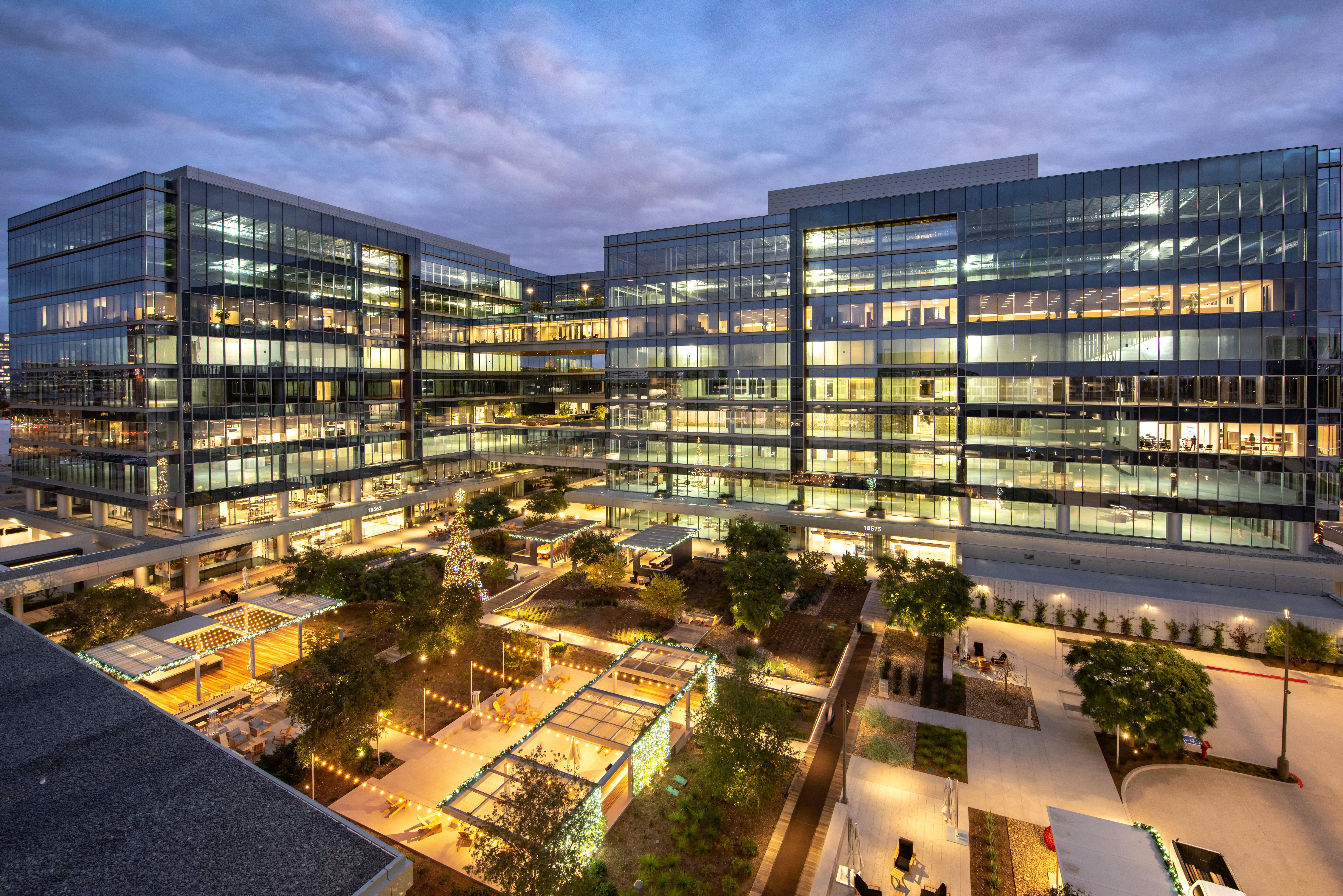
Commercial real estate and healthcare would also benefit most from a DSLR. DSLRs are typically recommended for projects that involve landscapes or complex areas, and due to the extensive space and specific dimensions of CRE and healthcare properties, a camera that easily captures detail will show them in the best light.
On the other hand, properties with smaller budgets or are single communities should leverage a smartphone for their property photography.
This way they can attain decent images that are also feasible.
The type of investment you make depends on how often you plan to update your photos.
For properties that are looking for a convenient alternative to hiring a professional photographer, a smartphone will typically be your best option.
However, if your team wants to continuously update photos, commit to investing in a professional real estate photographer to get the job done.
When considering an iPhone vs. a DSLR camera for property photography, keep in mind three things: how much time you have, budget, and expertise.
Regardless of which one your team opts for, ensure steps are taken to get the best results you possibly can. High-quality photography can be the difference between prospects choosing your property over competitors, so make sure your efforts pay off.
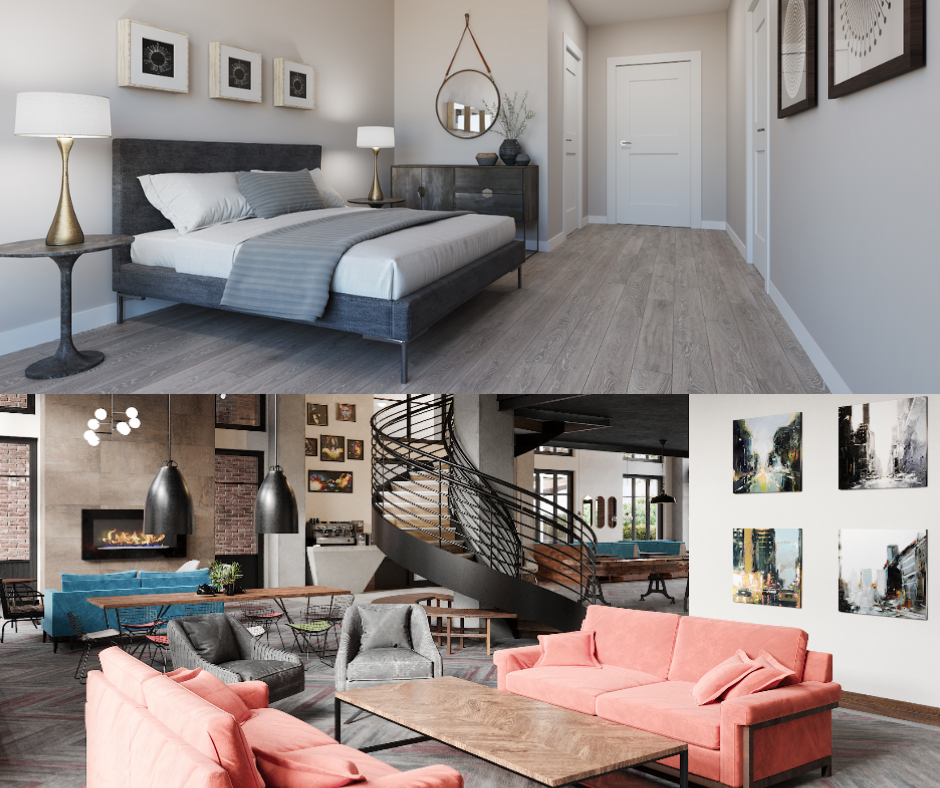
A key part of marketing in hospitality, multifamily or entertainment is all about visuals. Choosing the right kind of visuals is half the battle.
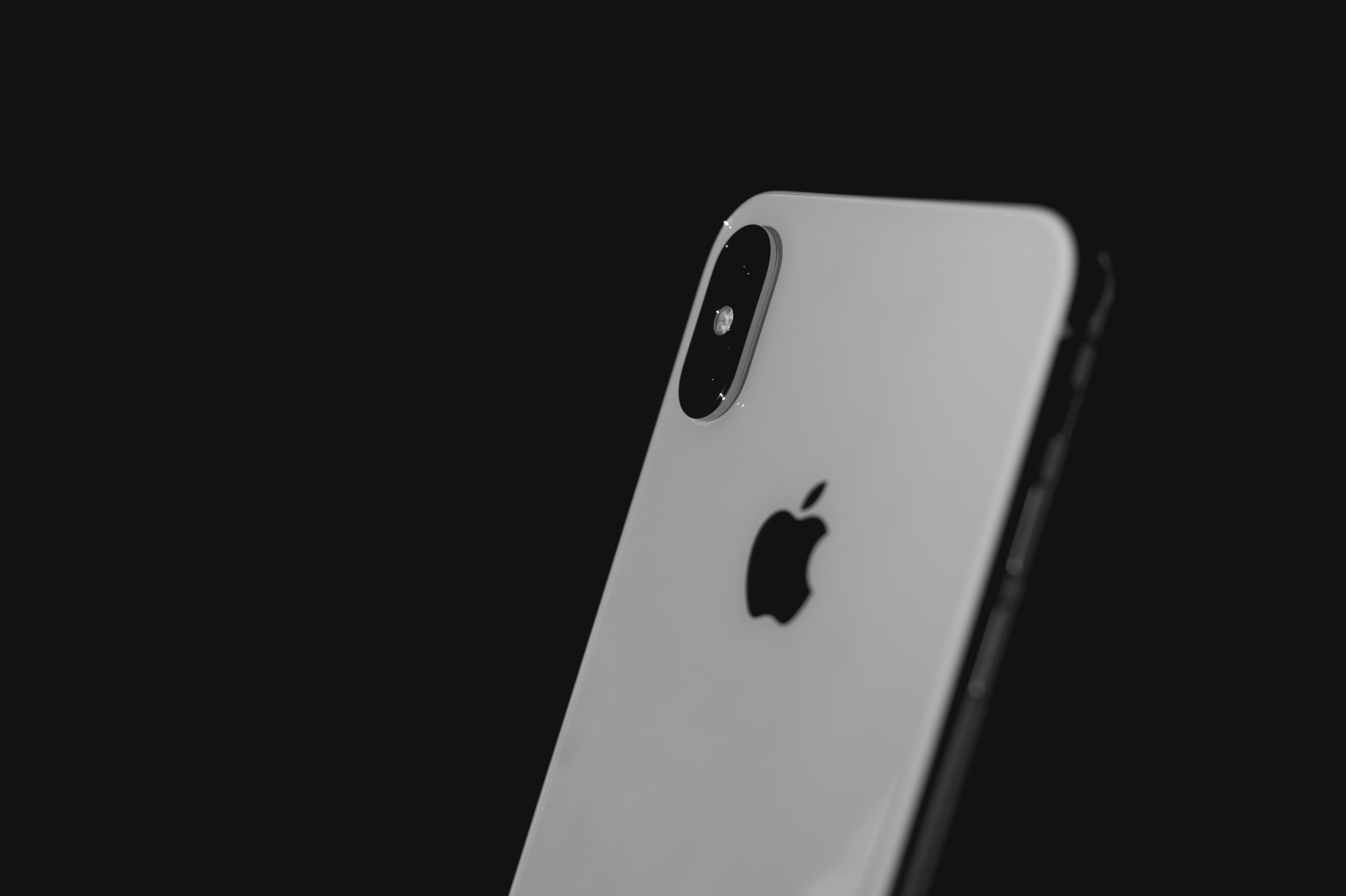
Marketing your community online today is a requirement to effectively stand out against competitors, but with it always comes risk. For senior living...
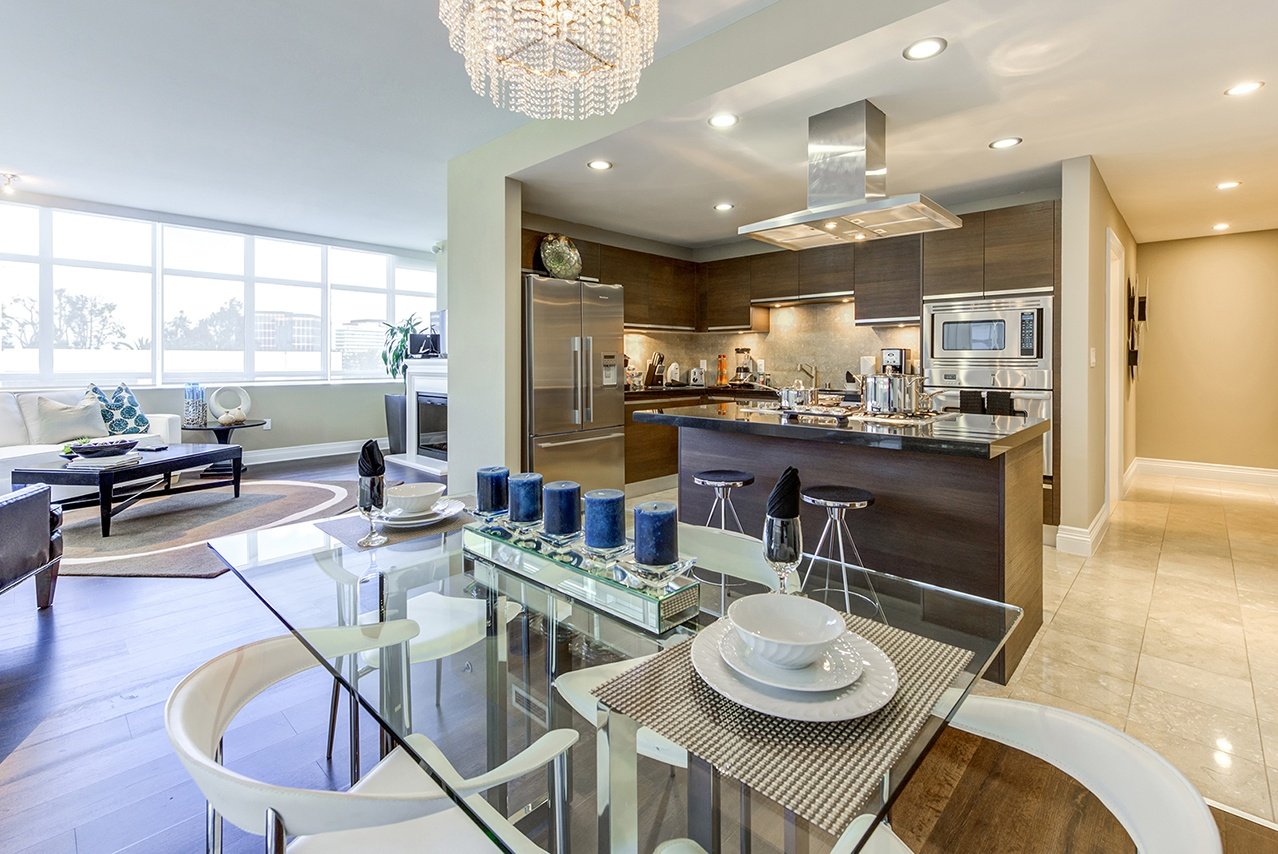
Selling a property can be a challenge whether you're in the real estate, commercial real estate or multifamily industry. But staging your property is...